In pictures: The world's largest salt flat in Bolivia
- Published

The horizon is sometimes almost impossible to make out in the salt flat of Uyuni in south-west Bolivia.
The line which divides the sky and the land is barely discernible and it is hard to tell what is real and what is reflection.
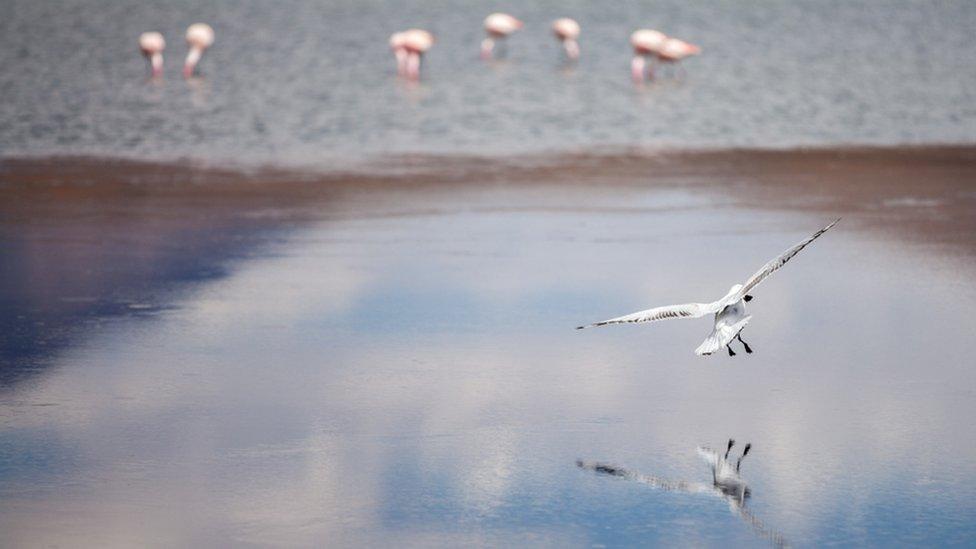
In the world's biggest salt desert, measuring 12,000 sq km (4,635 sq miles), the ground at certain times of the year resembles a giant mirror.
In the remaining months, it is more like an immense white canvas of raw salt.
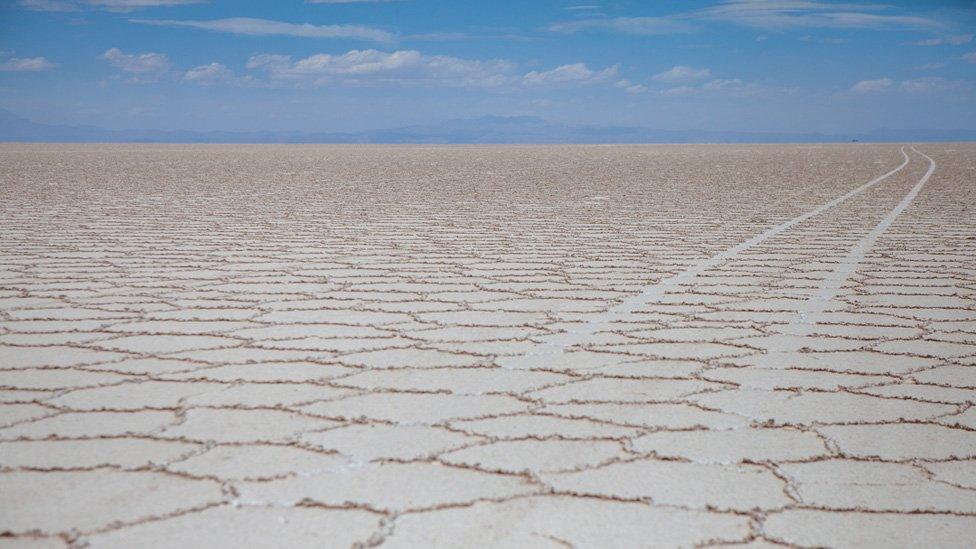
Extracting the salt from the surface continues to be one of the main activities for those who live around this vast white expanse.
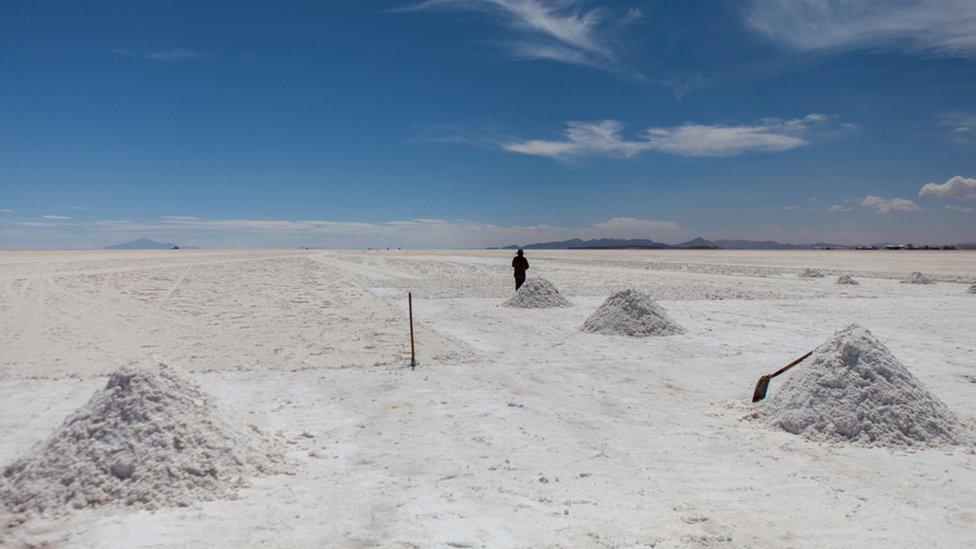
But the area is also a draw for tourists keen to see this unusual geographic formation for themselves.
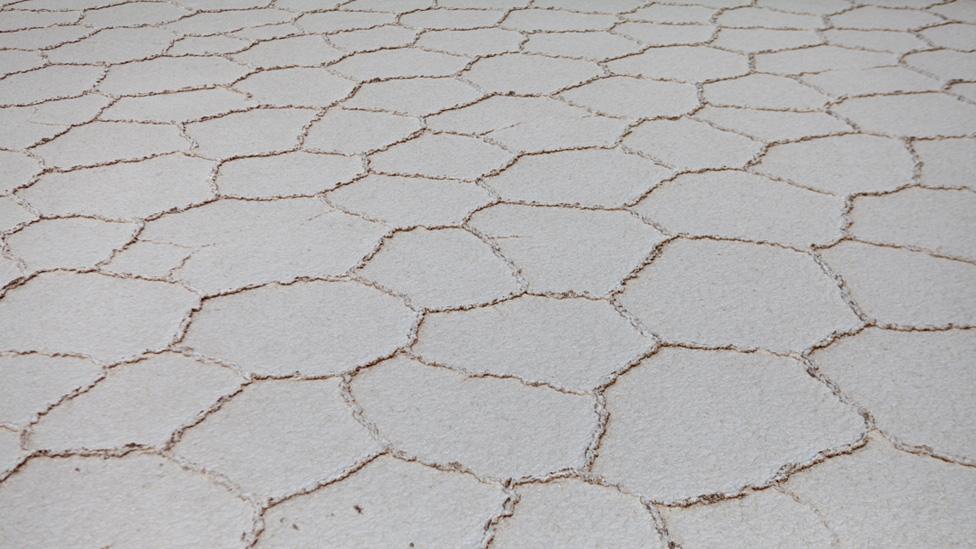
It resembles a puzzle of seemingly endless hexagonal shapes.
But there is life, too. The salt flat is a breeding ground for pink flamingos.
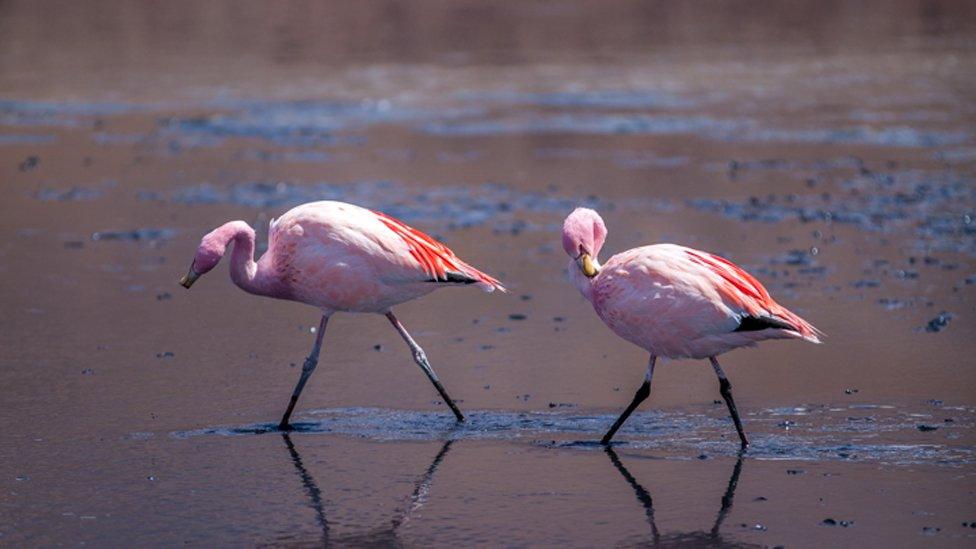
And giant cacti dot the landscape.
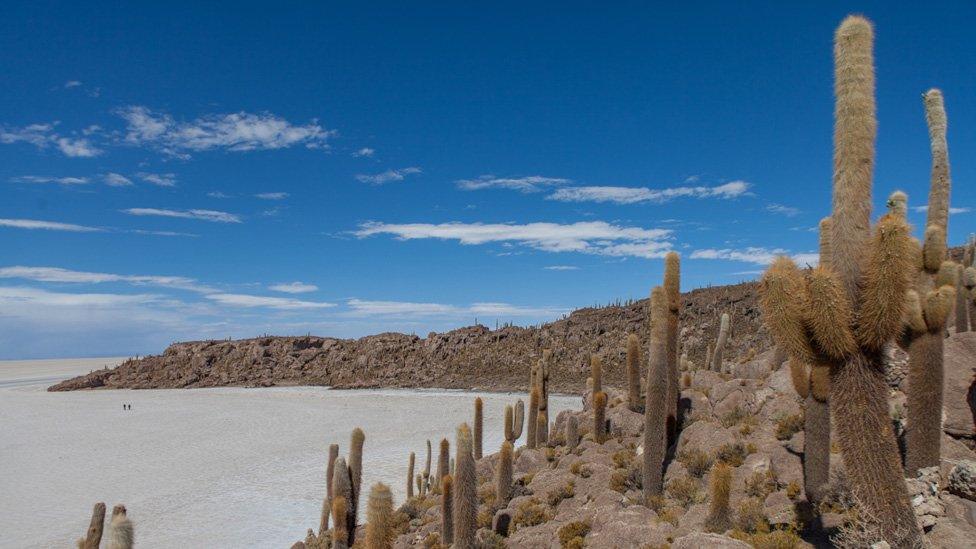
Most tourists start their journey at the train cemetery.

Uyuni was on the railway route linking landlocked Bolivia with Chile.
Trains carrying gold, silver and other metals ran to the Pacific port city of Antofagasta, from where the metals were shipped to wherever there was demand.
Now, all that is left is the empty carriages and locomotives, some of which have been painted with graffiti.
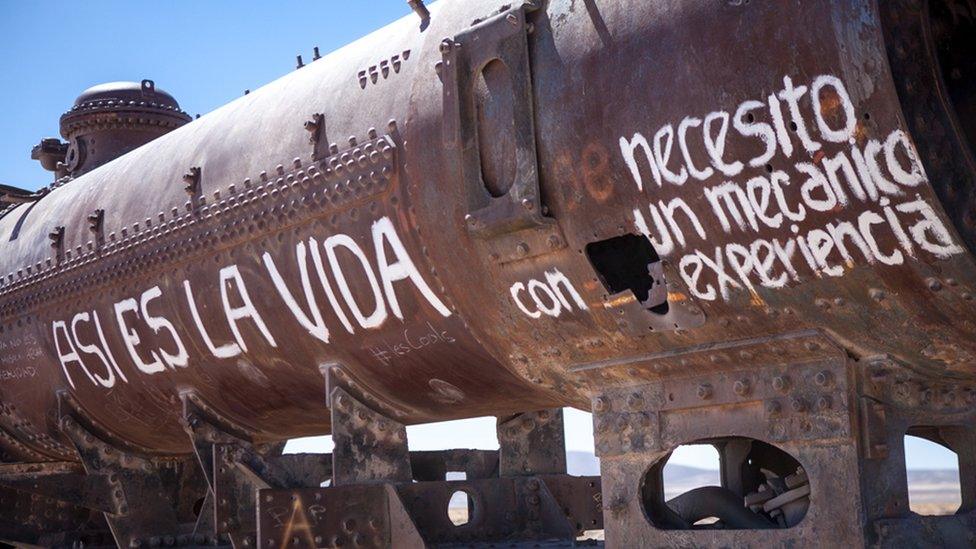
Next, travellers arrive at the monument to the Dakar rally, which skirts the desert.
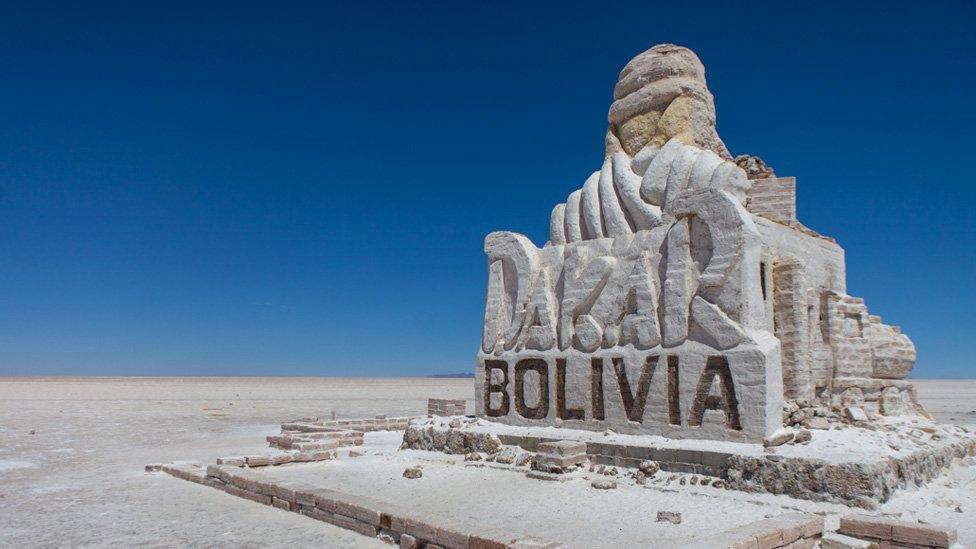
But for most visitors, the highlight of their visit is watching the sun set and admiring the vivid colours it creates in this desert landscape.
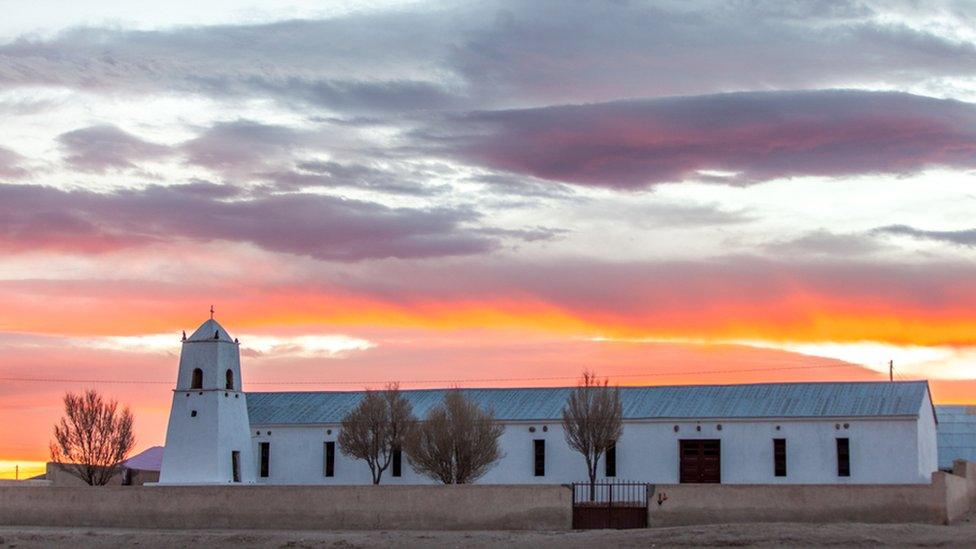
Others are transfixed by the shapes in the Desert of Dali, a name given to the area in reference to the surrealist Spanish painter whose paintings resemble the rock formations here.
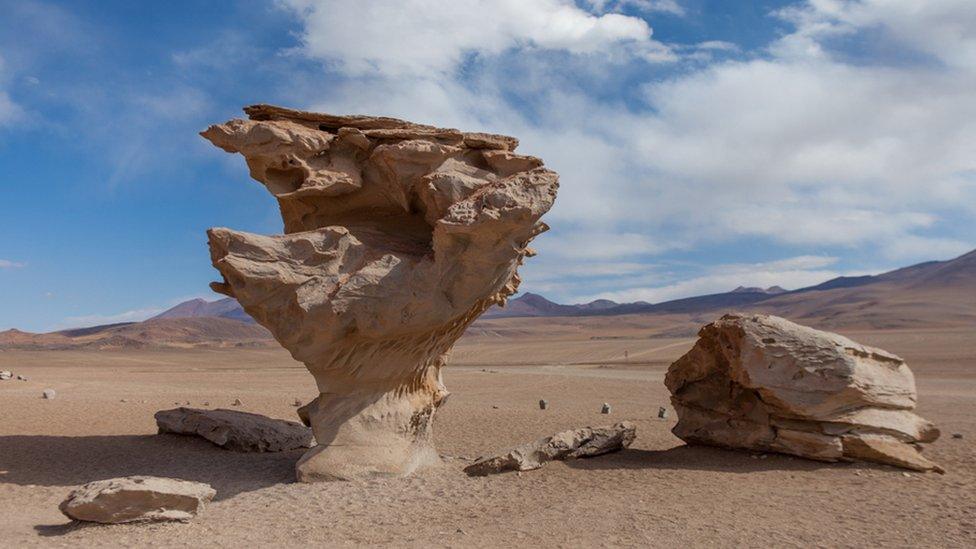
- Published18 July 2010